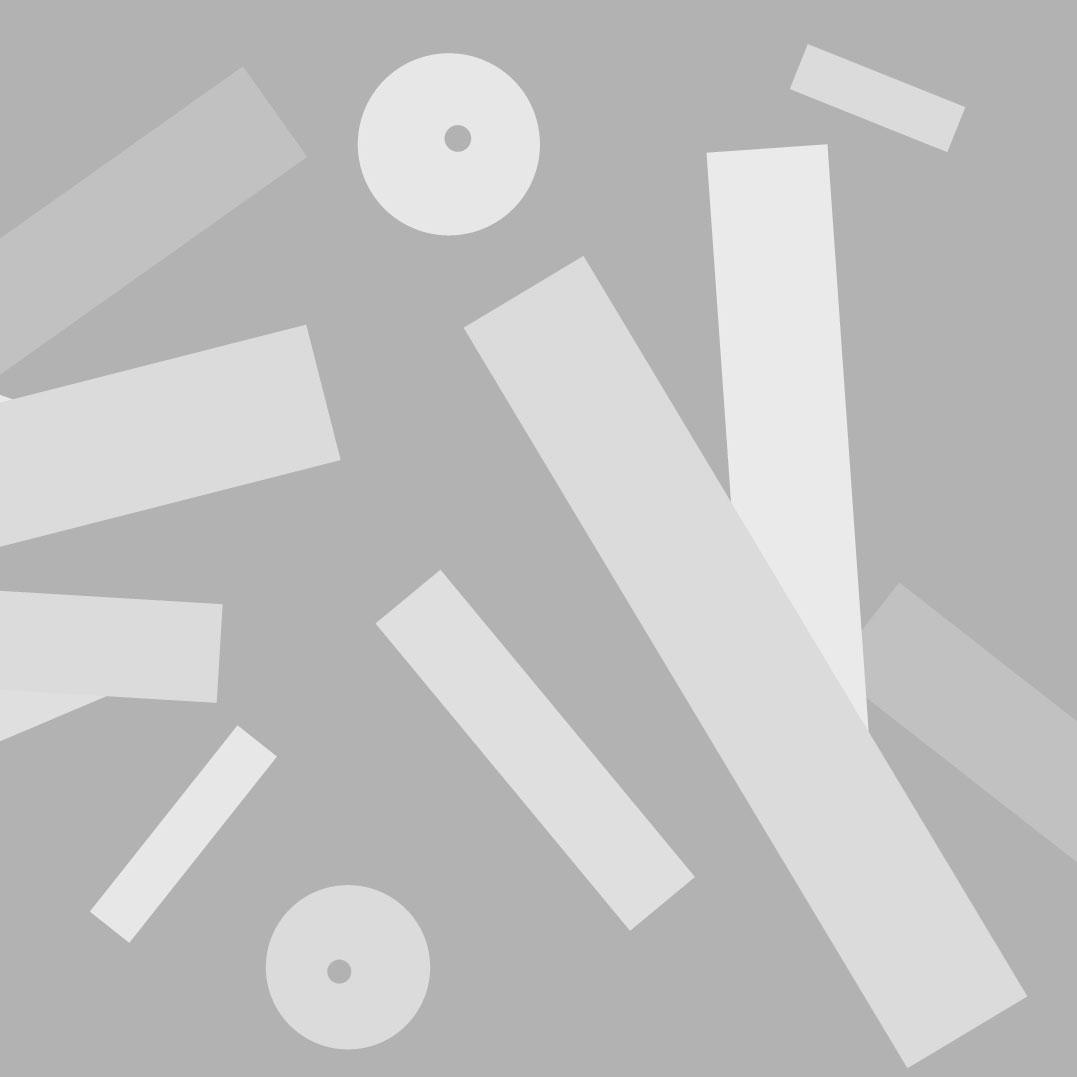A cascade of black curls surrounds a face of restless beauty, already hinting at her artistic universe, baroque and devilishly mysterious. Her passions are photography and dance, "twins because both devour with their eyes." In the realm of French contemporary dance, Karine Saporta stands out as one of the subtlest explorers of the female soul. "For a long time I have been seeking secrets to make my desires and fears tremble in my dance and thoughts," she asserted in '82, the year her Parisian company was born. This milestone followed a formative journey that blended classical and modern dance studies with philosophy, sociology, video, cinema, and photography in both France and the United States. Collaborating with Japanese artist Hideyuki Yano was pivotal for her, as he played a significant role in transmitting Eastern techniques and thought to emerging choreographers in the 1980s France.
In a short span, Karine Saporta's name became a flagship in French and international dance programming. Works like "Hypnotic Circuì," "Manèges" (created for the Groupe de Recherche de l'Opéra de Paris), "Le Coeur Métamorphosé," "Les Pleurs en Porcelline," "Une Passion," and "Un bal dans le Couloir de Fer" were born. In '88, the Avignon Festival entrusted her with a Carte Blanche, a significant recognition for Saporta and French contemporary dance in general. On that occasion, she created "La Fiancée aux Yeux de Bois" (A ma mère), earning acclaim for the festival's lineup.
Since September '88, Karine Saporta has led the Centre Chorégraphique National de Caen/Basse Normandie. Over the years, she has created significant works like "Les Taureaux de Chimène," "La Poudre des Anges," and "La Princesse de Milan," collaborating with prestigious figures such as in Peter Greenaway's film "Prospero's books" and alongside Michael Nyman. In '92, she directed her first short film, "Les Larmes de Nora," which won the audience's second prize at the Créteil Festival de Films de Femmes. But more than cinema, as previously mentioned, photography fascinates her. "Photography," she declares, "paradoxically seems closer to dance and choreography than cinema. There are no texts, dialogues, subtitles, explanations. Everything resolves into a glance, a closed fist, a turned back, a folded position. All the strength of a photo lies in the body of the person depicted, whether it's a politician or a dancer... What I love in a photograph is a kind of exaltation of the body, stronger and more intense than in other arts" (Danser, July 1991).
The lengthy quote is particularly relevant considering the solo piece that Karine Saporta brings to Rovereto. Titled "La Chambre d'Elvire," it has a story worth telling. In '92, the Théâtre national de la danse et de l'image de Châteauvallon commissioned four choreographers, including Karine Saporta, to create a work dedicated to self-portraiture. Saporta presented a color photographic exhibition, complemented by a brief danced self-portrait. A year later, she unveiled a second choreographic version of "La Chambre d'Elvire," expanding the dance to an hour and eliminating the slide projections on her body as seen in the '92 study. With scenographer Jean Bauer's collaboration, they created a show that, judging by French critics' comments, celebrates the ghosts of the imagination, "photographed" on the dance stage. Evocative, perverse, and tender all at once, "La Chambre d'Elvire" narrates emotions set against surreal scenarios: a faded facade, from whose windows peeks the timeless profile of Saporta; a room with vaporous contours, filled with lace and cushions, yet featuring a pram full of cabbages and potatoes, and a bed on which Karine duplicates her figure in a doll of her own size; a copper stable with a bleating sheep in tow... Set to Guy Cascales' music, Karine dances a dreamlike madness of obsessive, fragmented gestures. "(Saporta) doesn't solicit our gaze, she demands it, gluing it onto herself, and to ensure it, she never leaves us with our eyes, constantly moving with her face... Saporta captivates because she is beautiful, with an erotic and perverse beauty akin to the images she creates" (Sylvie De Nussac, Le Monde, February 1993).



